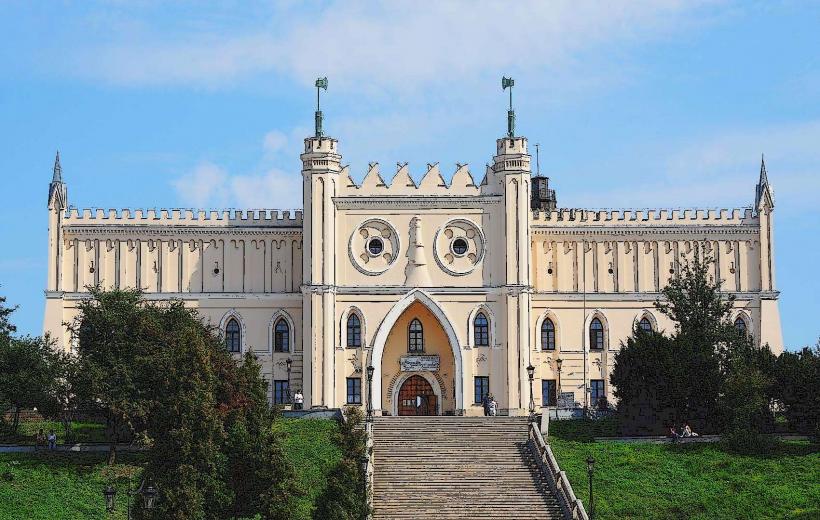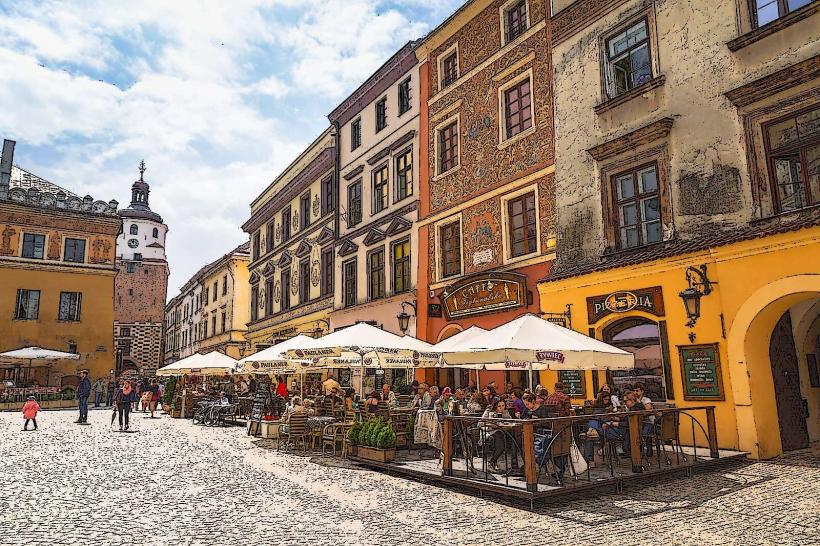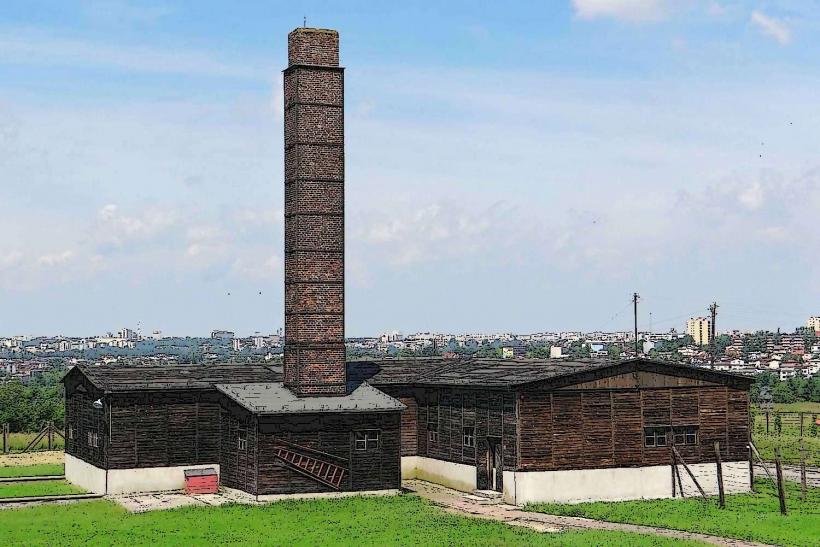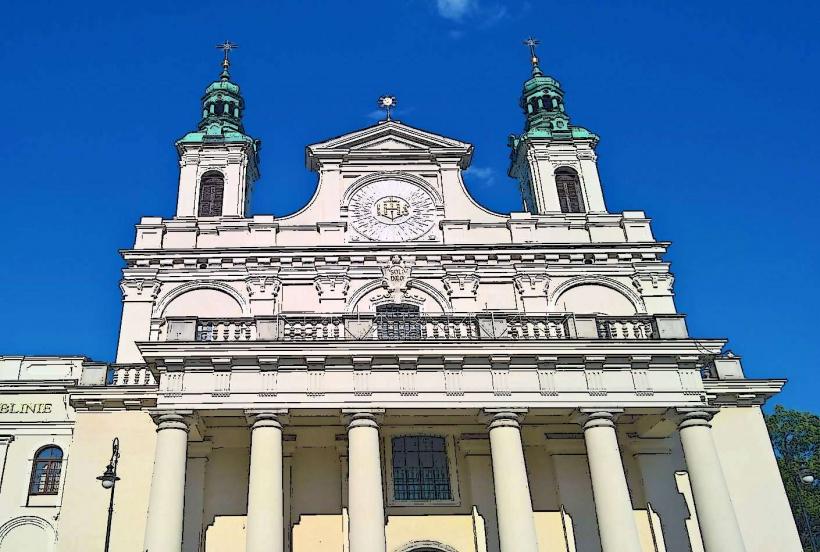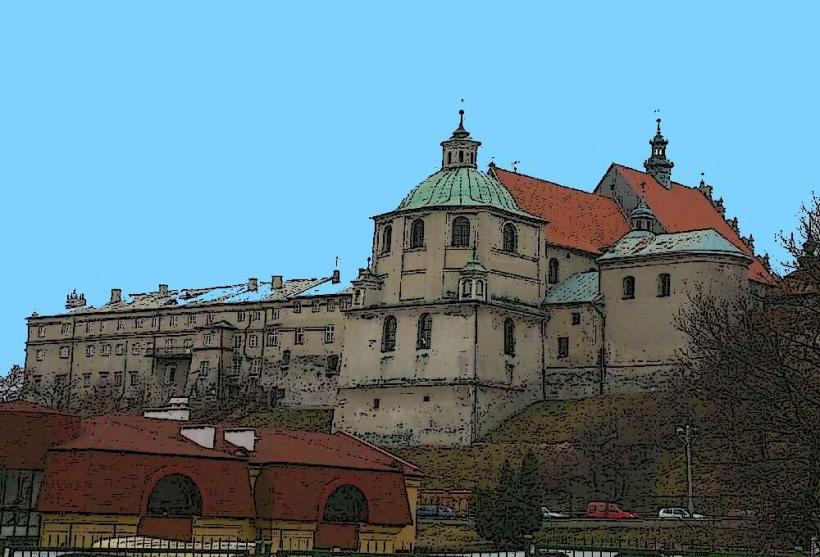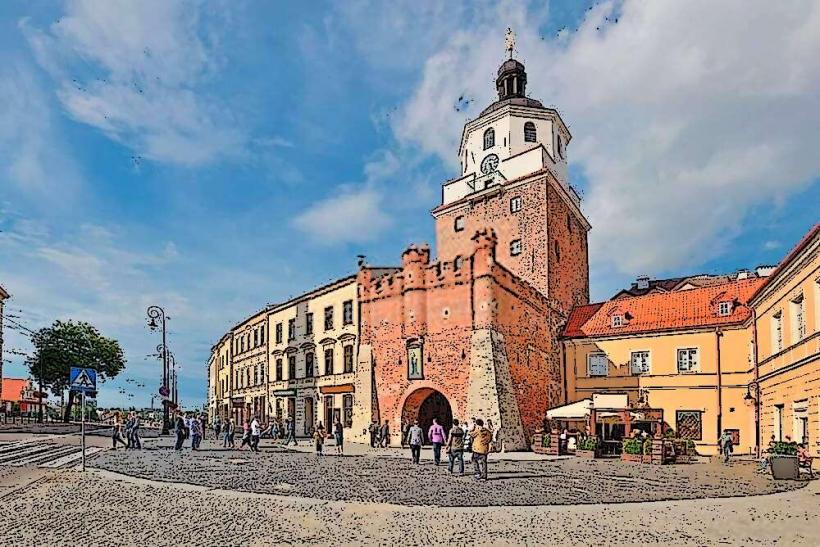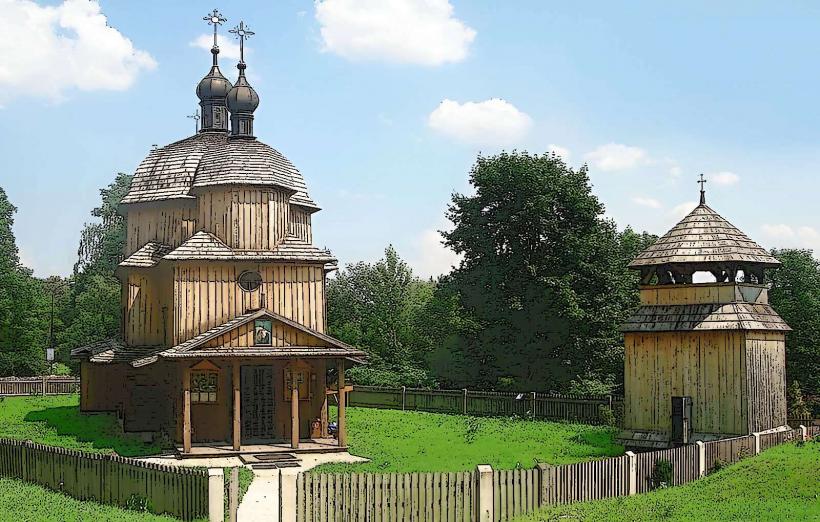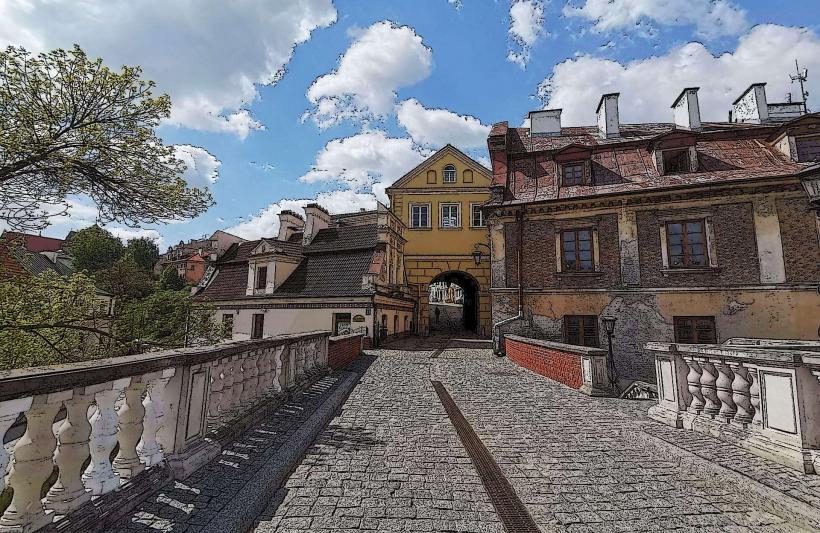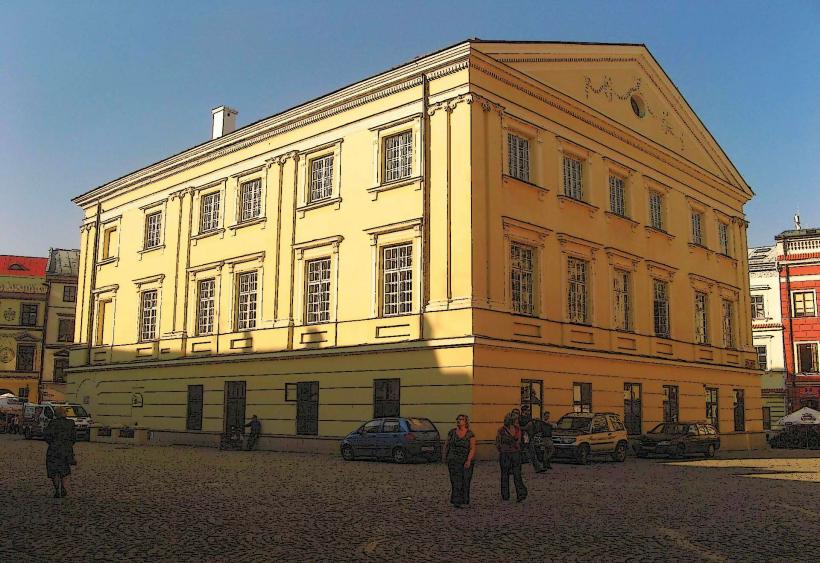Information
Landmark: Lublin Holocaust MemorialCity: Lublin
Country: Poland
Continent: Europe
Lublin Holocaust Memorial
The Lublin Holocaust Memorial is a key monument commemorating the Jewish community of Lublin and the atrocities they endured during the Holocaust. It is situated in the city of Lublin, which has a deeply significant connection to Jewish history in Poland. The memorial serves as a tribute to the Jewish people who were forced into the Lublin Ghetto, deported to Nazi death camps, or murdered in various other ways during World War II.
1. Historical Context of Lublin and the Holocaust
Jewish Lublin: Prior to the outbreak of World War II, Lublin had a thriving Jewish community, constituting about 30% of the city's population. Lublin was home to many synagogues, Jewish schools, and vibrant cultural life. However, in 1941, the Nazi occupation led to the establishment of the Lublin Ghetto, and by 1942, the community was largely destroyed through mass deportations and murder.
The Lublin Ghetto: The Lublin Ghetto was one of the earliest ghettos established by the Nazis in Poland, housing Jews from Lublin and surrounding areas. The ghetto was infamous for its harsh living conditions, overcrowding, starvation, forced labor, and constant terror. In 1942, the Nazis began to deport the ghetto’s inhabitants to extermination camps, including Majdanek, Bełżec, and Treblinka, where the vast majority of the Jewish population was murdered.
Majdanek Concentration Camp: The Majdanek concentration camp, located near Lublin, became a death camp where thousands of Jews from Lublin and other parts of Europe were killed. The camp is now a museum and memorial that educates visitors about the atrocities of the Holocaust and serves as an important historical site alongside the Holocaust Memorial in the city.
2. The Design of the Memorial
Unveiling and Purpose: The Lublin Holocaust Memorial was officially unveiled in 2004, marking the 60th anniversary of the liquidation of the Lublin Ghetto. The memorial was created to commemorate the Jewish residents of Lublin, honor their memory, and remind future generations of the horrors of the Holocaust.
Symbolic Design: The design of the memorial is simple yet profound, using various elements to represent the suffering of the Jewish community and the loss of their cultural heritage.
Figures and Sculptures: The memorial often includes bronze sculptures of hunched and emaciated figures, symbolizing the inhuman conditions that Jews faced in the ghetto. These figures represent not only the physical suffering but also the emotional and spiritual torment that the victims endured.
Plaques and Inscriptions: Bronze plaques or inscriptions are often included on the memorial to provide names, dates, and historical context. These inscriptions may include the names of some of the victims or places associated with the tragic events, such as the Majdanek camp or Treblinka.
Materials: The use of stone and bronze creates a timeless, somber atmosphere. The materials are symbolic of the endurance and strength of the victims, even in the face of unimaginable suffering.
3. Location and Accessibility
Site of the Memorial: The Lublin Holocaust Memorial is located in the heart of the city, close to the site of the former Lublin Ghetto. This strategic location ensures that the memorial is part of a broader historical context, allowing visitors to reflect on the community’s once-thriving presence in Lublin and the tragic events that led to their destruction.
Nearby Historical Sites: The memorial is also in proximity to other important Holocaust-related sites in Lublin, including the Majdanek Concentration Camp and the Lublin Castle, both of which are key locations in the history of the Holocaust and the persecution of Jews in the region.
4. Educational Role
Historical and Educational Significance: The Lublin Holocaust Memorial is not only a place of remembrance but also serves as an educational tool. It is part of Lublin's ongoing efforts to teach future generations about the atrocities of the Holocaust, the history of the Jewish community in Poland, and the importance of preventing such atrocities from ever happening again.
Memorial Days and Ceremonies: The memorial plays an important role in remembrance ceremonies on significant dates such as Yom HaShoah (Holocaust Remembrance Day), when people gather to honor the memory of the victims and reflect on the history of the Holocaust.
Visitor Experience: Visitors to the memorial are often guided by informational plaques or guided tours that help contextualize the significance of the memorial, as well as the broader history of the Jewish community in Lublin and the Holocaust. The educational aspect ensures that future generations understand the significance of this dark chapter in history.
5. Cultural and Historical Impact
Preserving Jewish Memory: The memorial is a powerful symbol of the destruction of Jewish Lublin, a once-thriving community that was almost completely wiped out during the war. The Jewish heritage of Lublin is now represented only by memorials like this, the Lublin Jewish Cemetery, and the Majdanek camp.
Cultural Legacy: The memorial also highlights the cultural loss of the Jewish community, which contributed significantly to the city’s cultural, economic, and social life. In addition to their businesses, the Jewish population in Lublin was known for their contributions to Jewish scholarship and religious life.
6. Visiting the Memorial
Opening Hours: The Lublin Holocaust Memorial is typically open year-round and accessible to all visitors. As it is a public space, there is no charge for entry, but visitors are encouraged to donate to the maintenance of the memorial.
Guided Tours: Guided tours are available for visitors interested in learning more about the history of the memorial, the Jewish community in Lublin, and the Holocaust. Local historians or educators provide tours that include detailed historical context and personal stories.
Nearby Attractions: In addition to the Holocaust Memorial, visitors to Lublin may also explore other significant landmarks such as the Lublin Castle, Lublin Old Town, and Majdanek Concentration Camp, all of which are essential for understanding the broader history of the region during World War II.
7. Conclusion
The Lublin Holocaust Memorial stands as a poignant reminder of the Jewish community's tragic fate during the Holocaust. It serves not only as a memorial to the victims but also as an educational site that helps preserve the memory of the atrocities committed in the city. As a city deeply connected to the Holocaust, Lublin's Holocaust Memorial plays a crucial role in ensuring that the history of its Jewish community and the horrors of the Nazi regime are never forgotten. Through its artistic design, historical significance, and educational value, the memorial helps maintain the collective memory of those lost in the Holocaust, ensuring that such horrors are never repeated.

